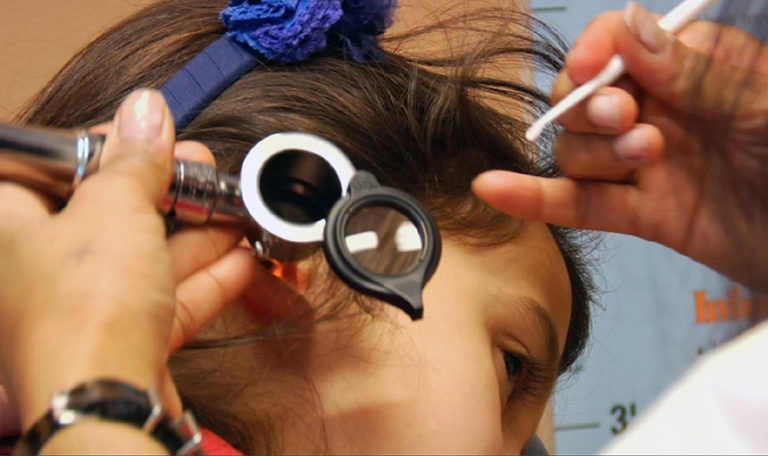
Definition
Acute Otitis Media (AOM) occurs with the rapid onset of signs and symptoms of inflammation in the middle ear. For pediatric clinical purposes, it is generally a bacterial infection that involves the middle ear. The tympanic membrane becomes inflamed and opaque. Blood vessels to the area dilate. Fluid accumulates in the middle ear space. AOM is usually associated with infection by viruses or bacteria, although in some cases, an infecting pathogen cannot be identified.
Goals
To improve the learning of the pediatric ear exam and the diagnosis and management of Acute Otitis Media (AOM) in different educational settings. The content of the website is to provide pertinent learner groups as well as to faculty. Content will relate to the stated objectives for each group.
- Medical students
- Residents
- Faculty
Target Learners:
- Medical students
- Residents